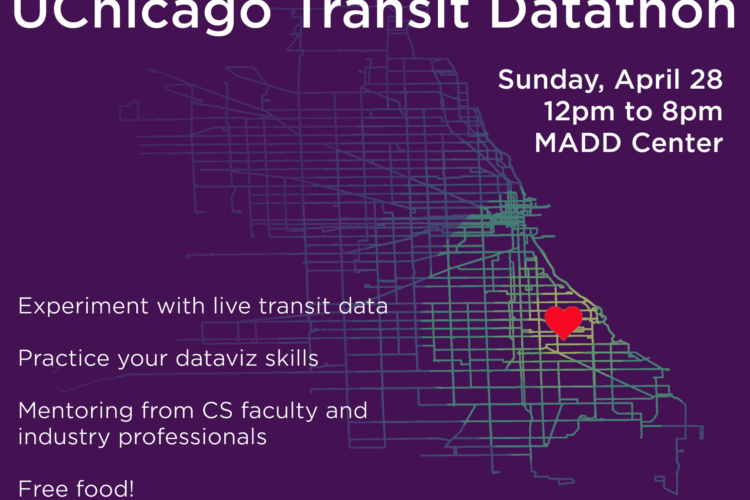CDAC Distinguished Speaker Series: Mukund Sundararajan (Google)
Co-presented with the Center for Applied Artificial Intelligence at the Booth School of Business.
Using Attribution to Understand Deep Neural Networks
Abstract:
There was a neural model for predicting cancer from XRays. It had good accuracy on held out training data. But when we attributed its predictions back to the pixels of the XRays, we found that the network relied on barely visible pen marks that the doctors had made on the training data, and not the pathology of cancer. Naturally, the model was not deployed!
I work on techniques to perform prediction attribution of this kind. The target of the attribution can be input features (pixels in the example above), or interactions between its input features, or neurons. or training data examples. Attributions are reductive; i.e, they abstract away most of the interactions and a lot of the non-linearity of neural networks. However, attributions, done systematically, are effective at uncovering bugs as in the anecdote above.
We will briefly discuss the theory (e.g connections to the Taylor series, Shapley values, and Stochastic Gradient Descent) and philosophy of attribution, and other amusing examples of bugs.
If you are a deep learning practitioner, you can easily apply attribution to your own models; all the techniques can be implemented with less than ten lines of code.
Bio: I am a principal research scientist/director at Google. These days, I analyze complex machine learning models. I have also worked on question-answering systems, ad auctions, security protocol analysis, privacy, and computational biology.
There once was a RS called MS,
He studies models that are a mess,
A director at Google.
Accurate and frugal,
Explanations are what he likes best.
Part of the CDAC Winter 2021 Distinguished Speaker Series:
Bias Correction: Solutions for Socially Responsible Data Science
Security, privacy and bias in the context of machine learning are often treated as binary issues, where an algorithm is either biased or fair, ethical or unjust. In reality, there is a tradeoff between using technology and opening up new privacy and security risks. Researchers are developing innovative tools that navigate these tradeoffs by applying advances in machine learning to societal issues without exacerbating bias or endangering privacy and security. The CDAC Winter 2021 Distinguished Speaker Series will host interdisciplinary researchers and thinkers exploring methods and applications that protect user privacy, prevent malicious use, and avoid deepening societal inequities — while diving into the human values and decisions that underpin these approaches.
Speakers




